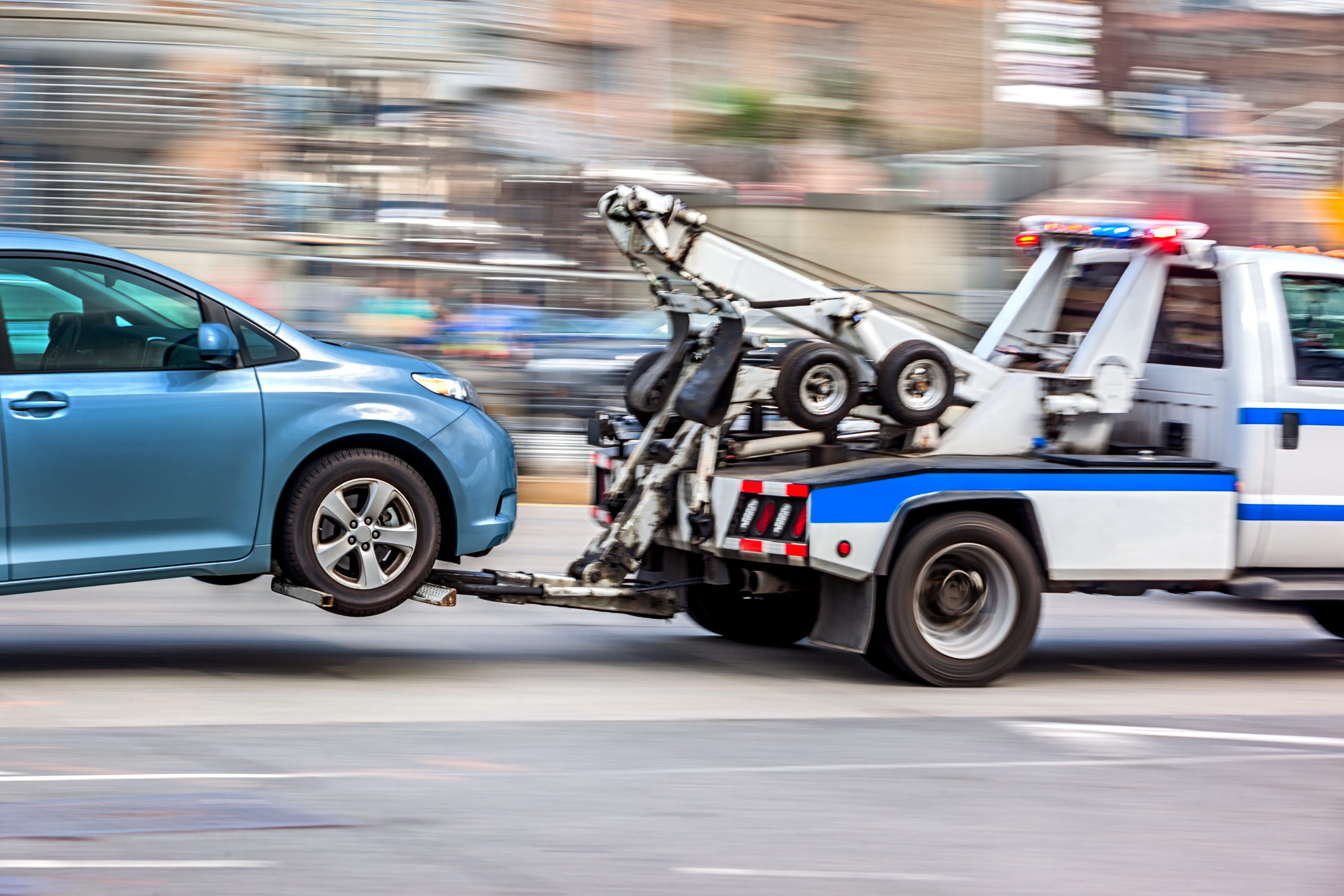When your car battery dies, you lock your keys in the trunk, or you run out of gas, you may need roadside assistance. Many insurance companies offer roadside assistance plans that you can add to your policy, as do credit card providers.
These services include Towing Service in Raleigh NC, jump starts and more. Learn more about these options and what they cover, below.
Battery Jump-Starts
Getting stranded with a dead battery is the stuff of horror movies, but it can happen to anyone. A good roadside assistance plan can give you the peace of mind to know that you can get back on the road quickly and safely if you’re stuck with a dead battery.
A battery jump, or boost, involves connecting a car’s discharged battery to a working one to provide a temporary supply of power. The power recharges the disabled vehicle’s battery and gives it the power needed to start its engine. After the engine starts, the car’s normal charging system takes over to restore the battery’s charge.
To perform a jump, you’ll need battery jumper cables and another working vehicle. Both vehicles should be parked close enough that the cables can reach both batteries with ample slack. Turn off the ignition in both vehicles, remove their keys and open their hoods or trunks (if they’re a hatchback). Check the owner’s manual for each vehicle to find where the batteries are located and to learn the preferred connection sequence for jumper cables.
Connect the positive (often red) clamps of the jumper cable to the positive terminal of the disabled car’s battery, making sure that both metal clamps firmly touch the terminal and have no corrosion. Attach the negative (often black) clamp of the jumper cable to an exposed metal part in the assisting vehicle’s engine, ideally away from the battery and carburetor/fuel injection systems.
Flat Tires
Flat tires are one of the most common roadside assistance requests. They can happen when you least expect them—you’re pulling into the parking lot of your office and hear that unmistakable flap, flap sound of an airless tire or are driving and feel the car start to sway and drift to the side when you hit the brakes.
A puncture or hole in the tire’s sidewall is the most common cause of a flat tire. This can occur from hitting an object on the road, puncturing a nail or industrial staple or simply due to age and wear of the tire. Tires can also go flat if they are over-inflated or under-inflated.
If you have a spare tire on your vehicle, changing it is fairly easy. Remove the tire, put on the spare and drive to a safe location off the road where you can safely stop your car. Turn on the emergency flashers, engage your hazard lights and pull as far to the right of the road as possible on firm ground to avoid damaging the wheel or hub.
If you have roadside assistance through your insurance company or an add-on service like GEICO, the technician can replace your flat tire while you are still on the vehicle. This may require removing the wheel, jacking it up, locating the puncture and using an insertion tool with a plug to fill the hole.
Lockouts
If you lock your keys in the car, a few roadside assistance plans can provide locksmith services to get you back in. Other plans may include trip interruption benefits to cover hotel and meal expenses while your car is being fixed. These are typically found in more comprehensive roadside assistance plans that cost more per year.
Getting locked out of the house can be stressful and embarrassing, especially if it happens at night or when you’re in a hurry to get somewhere. Many companies offer 24/7 roadside assistance to help you regain access. For example, a pay-on-demand service like HONK connects you to a network of more than 55,000 local roadside service providers. You can request help through the mobile app, and service providers arrive in minutes to fix your problem.
Employees who need to access equipment for maintenance or repair should follow established lockout procedures and be trained in the safe use of tools. They should also understand how to recognize and control sources of hazardous energy. This includes being familiar with a company’s written procedure and safety protocols for lockout tagout, as well as the work instructions that accompany them.
A lockout kit is a handy tool that can make it easier to gain entry into a vehicle without damaging it or its components. The kit typically contains wire tools that can be used to pull door handles and press unlock buttons without breaking the car’s glass.
Fuel Delivery
Even if you are a skilled and capable mechanic, there may be times when you simply cannot solve your car’s problem. That’s where roadside assistance comes in. Many traditional roadside assistance plans include jump-starts, flat tire changes, fuel delivery, and other services. Some plans also include winching in case you get stuck on the side of the road or in a ditch. You can choose to roll roadside assistance into your auto insurance policy or opt for a pay-per-use plan that provides the service when you need it.
One thing to keep in mind about emergency roadside assistance is that it can take some time to receive the service you need. That’s especially true if you are in a remote location or are on a busy highway. That’s why it’s important to have a plan to help you stay safe while you wait. Activate your car’s hazard lights and pull over as far off the road as you safely can, without putting yourself or others in danger.
Once you’ve pulled over, turn on the hazard lights and activate your parking brake to protect yourself from being hit by another driver. Check traffic to make sure you can safely exit your vehicle, and then call for roadside assistance.






